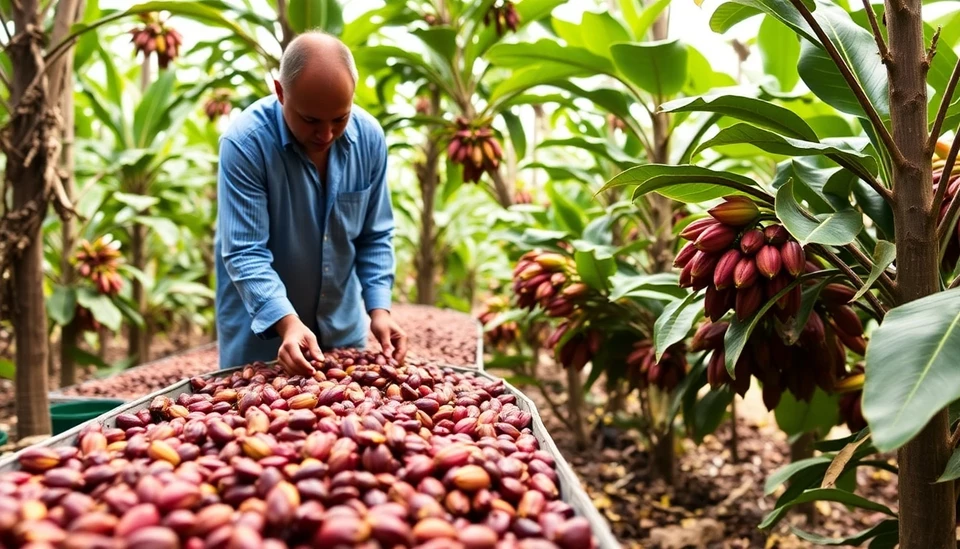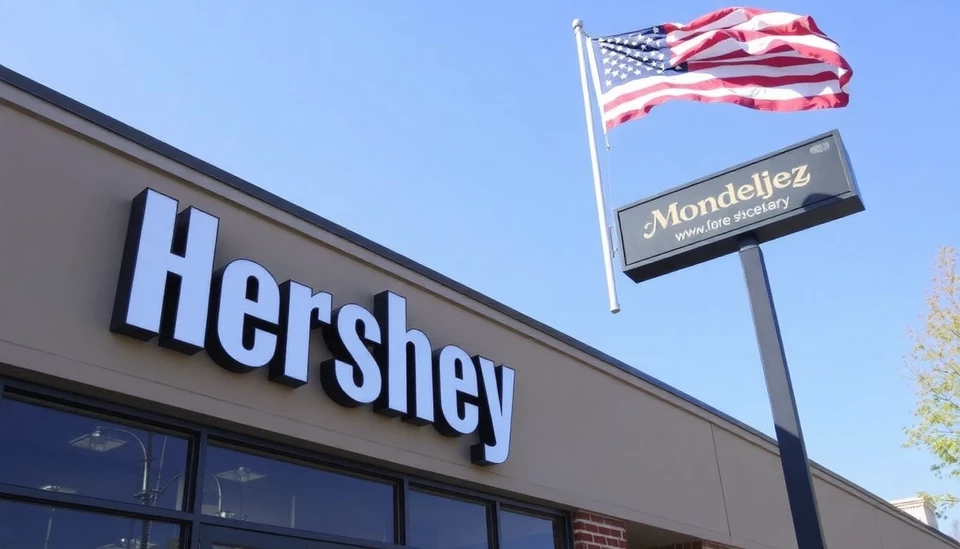
In a strategic pivot that is reshaping the chocolate industry, the United States has implemented tariffs on cocoa producers, inadvertently giving a competitive advantage to chocolatiers across Europe. This regulatory shift, set to take effect sooner than expected, has raised concerns among American manufacturers, who are grappling with rising costs and the potential loss of market share.
The U.S. measures, which target importers of cocoa beans from key producing countries, aim to address longstanding trade imbalances and protect domestic interests. However, the move has sparked an immediate and robust response from the confectionery sector. European chocolate makers, who rely heavily on imports, now find themselves in a preferable position to capitalize on the situation. As the costs for cocoa rise in the U.S. market due to these tariffs, European producers are likely to benefit from increased demand as their pricing structures remain unaffected by the new duties.
Industry experts estimate that the decision will alter the competitive dynamics significantly. The soaring prices for cocoa in the United States could lead to increased retail prices for American chocolate products, thereby eroding the profits of local producers. The U.S. market, which had been a stronghold for several domestic chocolate brands, may soon see a decline in their consumer base as shoppers turn towards imported goods that offer better pricing due to lower tariffs.
This shift presents a promising opportunity for European chocolate makers, many of whom pride themselves on their artisanal methods and high-quality products. With the likelihood of expanded market access in the U.S., European companies are poised to intensify their marketing and distribution efforts, leveraging their established reputations for excellence.
Analysts suggest that we are on the brink of a new chocolate renaissance, where European chocolatiers could invade U.S. markets with a plethora of innovative flavors and products, catering to an increasingly discerning consumer palate. The cultural fascination with gourmet chocolate and premium experiences will likely propel the demand for European imports even further, potentially overshadowing domestic brands that struggle to maintain a competitive edge amidst rising operational costs.
As the implications of these tariffs unfold, stakeholders on both sides of the Atlantic will be closely monitoring the evolving landscape. U.S. chocolatier associations are advocating for revised trade agreements to mitigate the adverse effects of the tariffs, as they continue to rally for a fair playing field in the competitive chocolate industry. Meanwhile, consumers will be watching closely to see how these changes will affect their favorite chocolate treats and whether they will choose to support local brands or indulge in imported delicacies.
The chocolate industry, a $4 billion market in the U.S. alone, finds itself at a critical juncture, with the potential for profound transformations in producer relationships, consumer preferences, and market share. As tariffs continue to reshape the sector, one thing is sure: chocolate lovers will find themselves caught in the middle of an international game of trade.
As this story unfolds, it will be fascinating to watch how U.S. manufacturers respond to these challenges and how European chocolatiers seize on this unexpected opportunity.
#chocolate #chocolateindustry #cocoa #tariffseffect #EuropeAmerica #tariffs
Author: Daniel Foster




